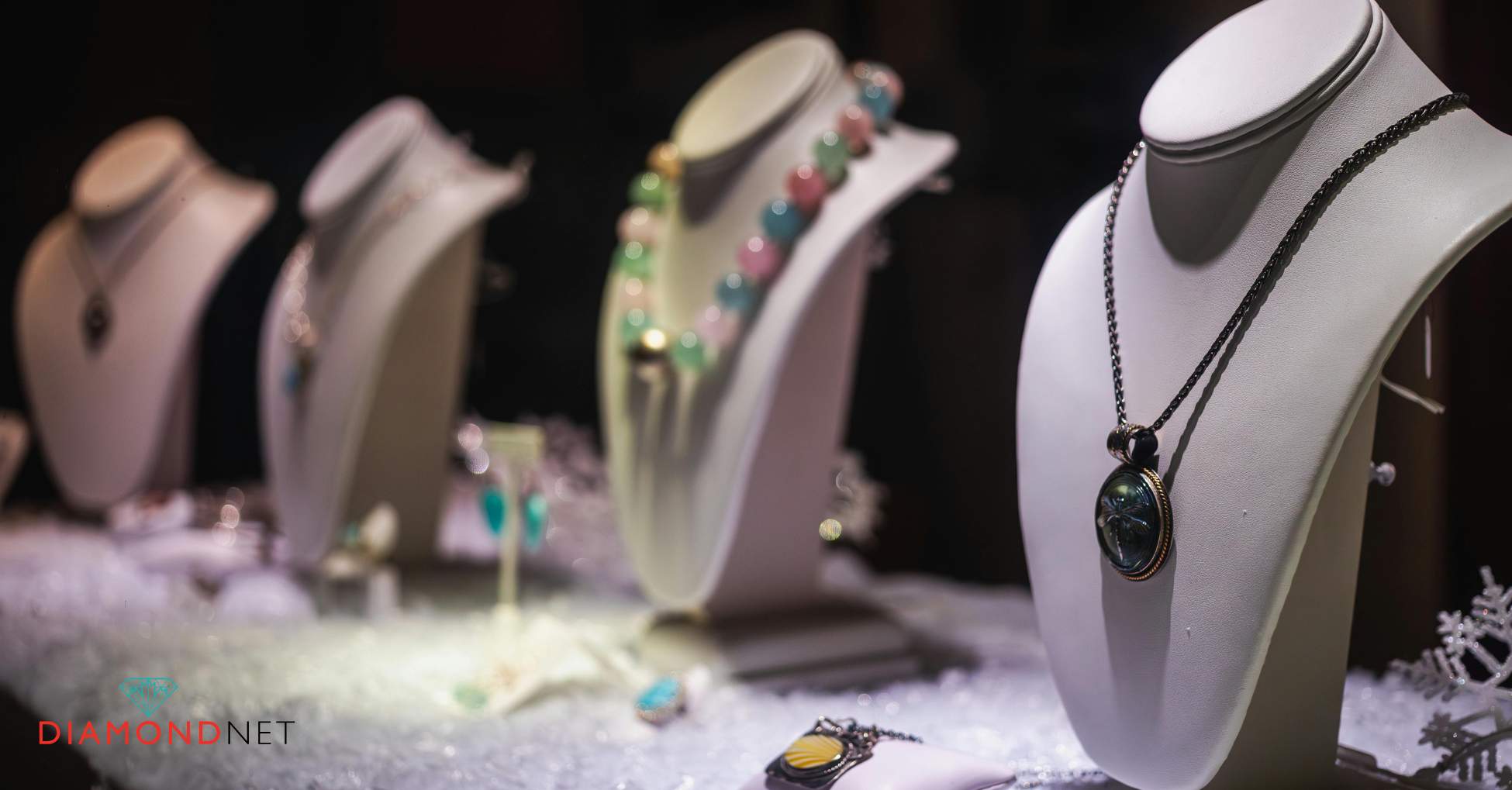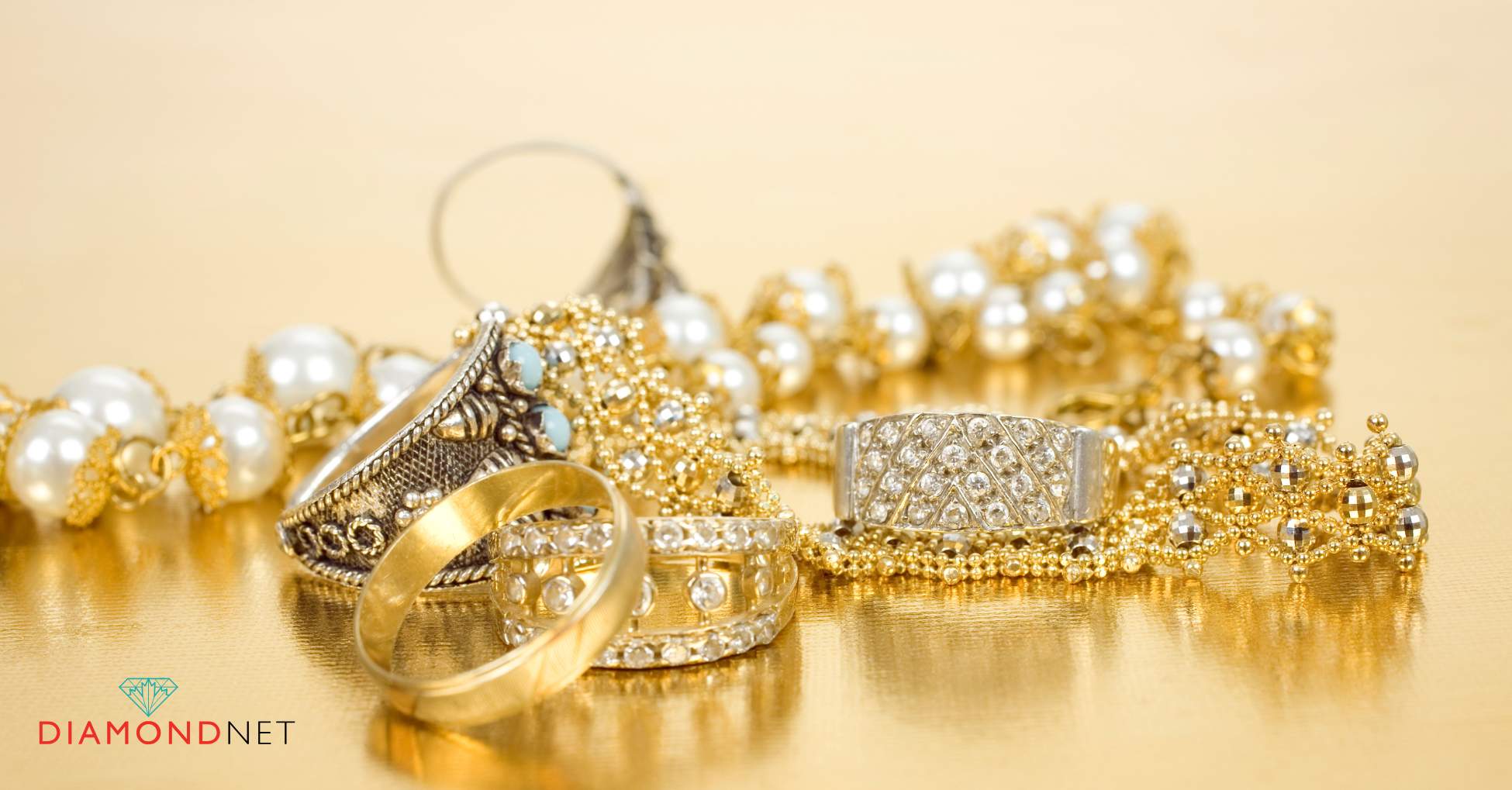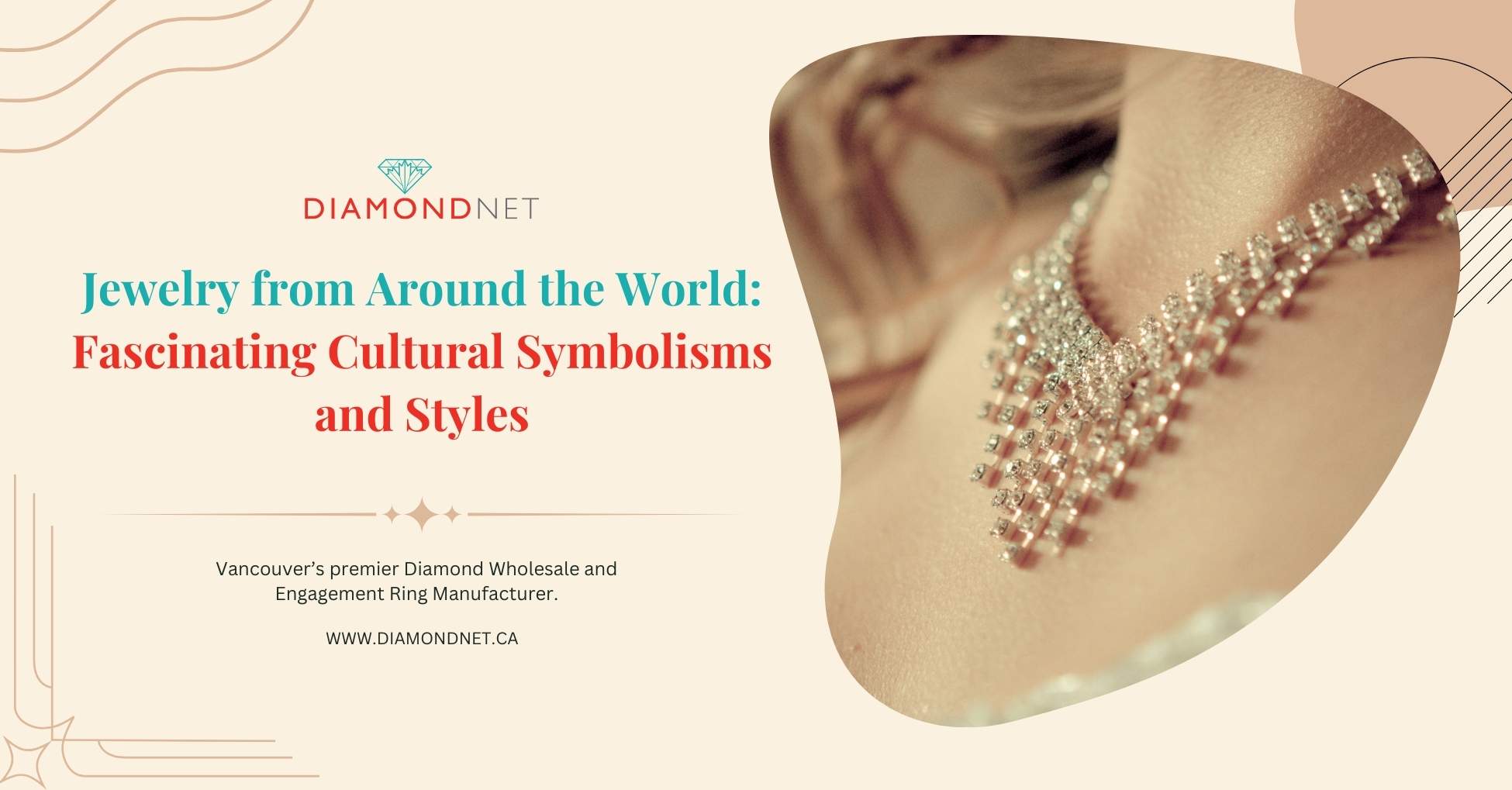Jewelry is more than art; it reflects cultural identity, beliefs, and traditions around the world. Each region has a unique style and symbolism, shaped over centuries by history, natural resources, and spiritual practices. From the intricate gold craftsmanship of India to Africa’s vibrant beaded designs and Japan’s minimal elegance, these pieces often transcend time.
In this blog, we’ll explore the fascinating roles of jewelry in various cultures—from expressing values and celebrating milestones to strengthening connections with heritage.

The Symbolic and Practical Roles of Jewelry Across Cultures
Jewelry is far more than mere decoration; it plays varied roles and holds significant meanings across time and geography. Since ancient times, jewelry has been central to daily life, rituals, and cultural expression. Despite evolving materials and techniques, many of these roles remain vital today. Here are a few key roles that jewelry continues to fulfill in diverse societies:
Symbol of Wealth and Security
Precious jewelry has historically represented wealth and security. For individuals, it’s an investment; for royalty or governments, it serves as national wealth. Large jewelry collections often double as reserves of wealth, providing security and cultural prestige.
Status and Social Hierarchy
Jewelry has long denoted social status, with intricate pieces reserved for the wealthy or nobility. In ancient Egypt, for instance, ornate jewelry distinguished the elite from commoners. Today, fine jewelry still symbolizes status, with specific materials, designs, and brands conveying prestige.
Religious Significance
Jewelry often has religious or spiritual meanings, like crosses, rosaries, or amulets. These pieces serve as daily reminders of faith, symbols of devotion, or markers of religious milestones like baptisms. In some cultures, jewelry also signals religious status.
Fashion and Self-Expression
Jewelry functions as a personal art form, allowing people to choose pieces that reflect their personality or style. From simple rings to bold necklaces, jewelry offers wearers a way to express their uniqueness.
Symbols of Relationships and Love
Jewelry universally represents love and relationships. Engagement rings, wedding bands, and friendship bracelets symbolize commitment and serve as daily reminders of connection and devotion.
Protective Talismans
Jewelry has long served as protective talismans, such as amulets that ward off negative energy or bring good fortune. These pieces still hold spiritual and protective significance, with symbols like the evil eye and Hamsa hand found in jewelry worldwide.

Jewelry Around the World: A Cultural Tapestry of Symbolism
Jewelry has served as a powerful form of expression across civilizations for centuries, embodying cultural values, spiritual beliefs, and social roles. Beyond aesthetics, jewelry holds deep symbolic meanings, shaping identities and marking key life events.
From gold and silver to gemstones and natural materials, each piece of jewelry tells a story, connecting individuals to their heritage and community. Let’s explore how regions around the world uniquely showcase their culture through the artistry and symbolism of jewelry.
The Rich Symbolism of Indian Jewelry
Indian jewelry is renowned for its intricate craftsmanship, vibrant colors, and cultural depth. In India, jewelry is more than an accessory; it represents tradition, spirituality, and social standing. Gold, highly prized for its auspicious qualities, symbolizes wealth, purity, and prosperity. Across the country, diverse traditional jewelry styles reflect India’s cultural richness, each with its unique history and meaning.
African Jewelry: Vibrant Symbols of Identity and Heritage
African jewelry is distinguished by bold designs, rich colors, and natural materials like beads, shells, and metals. Each piece serves as a powerful emblem of identity, status, and a connection with nature. African jewelry plays a significant role in ceremonies and rites of passage, deeply expressing personal and cultural identity.
In West Africa, brass and copper jewelry signifies status and power, while the Tuareg people of the Sahara craft silver and brass pieces for cultural heritage and protection. Anklets and bangles, common across African cultures, symbolize social status, age, or marital standing, beautifully merging form and meaning.
Native American Jewelry: A Deep Connection to Land and Spirit
Native American jewelry embodies nature, spirituality, and storytelling. Traditionally crafted with materials like turquoise, silver, and coral, each piece honors the land and conveys cultural identity. Passed through generations, jewelry holds spiritual meaning, often serving as protection and a symbol of identity.
Turquoise, iconic in Native American jewelry, is cherished by the Navajo, Hopi, and Zuni tribes as a protective and healing stone. Paired with silver, it symbolizes clarity and purity, creating a powerful connection to the earth and community values.
East Asian Jewelry: Harmony, Balance, and Spirituality
East Asian jewelry, particularly from China, Japan, and Korea, emphasizes harmony, balance, and a deep link to nature and spirituality. Crafted with precise artistry, it often reflects themes from Buddhism, Confucianism, Taoism, and local folklore, carrying layered cultural meanings.
Jade holds a special place in East Asia, especially in China, symbolizing purity, wisdom, and protection. It is believed to bring luck, health, and spiritual balance, passed down as family heirlooms. In Japan, pearl jewelry represents purity and simplicity, while coral in Chinese and Tibetan traditions signifies protection, harmony, and emotional healing. These materials are treasured not only for their beauty but for their alignment with spiritual well-being.
Discover Timeless Pieces at DiamondNet
At DiamondNet, we honor the artistry and heritage of fine jewelry. Each piece is crafted with precision, using only the finest materials to create designs that hold meaning and beauty. Explore our collection to find a piece that truly resonates with you. Visit DiamondNet today, and let us help you create memories that last a lifetime.
FAQs
1. How does jewelry serve as a symbol in different cultures?
Across cultures, jewelry conveys messages of love, protection, status, and spirituality. Each culture adds unique symbolism through materials, designs, and rituals, making jewelry a meaningful expression of identity.
2. What is the cultural significance of jewelry?
Jewelry holds deep cultural significance, often representing a society’s values, traditions, and milestones. It symbolizes status, wealth, and identity, marking life events like birth, marriage, and coming of age. Specific materials, like gold or gemstones, and symbols such as religious icons or the evil eye, connect individuals to their heritage and community.
3. Are there any universal symbols in jewelry across cultures?
Yes, certain symbols, materials, and motifs—like precious stones, gold, hearts, and protective symbols—appear in many cultures. While styles vary, common themes like love, protection, and identity resonate worldwide.
4. Why is gold so significant in Indian jewelry?
Gold in Indian jewelry symbolizes wealth, purity, and prosperity. It is considered auspicious and is often passed down through generations as a family heirloom, marking important events and embodying cultural heritage.
5. What materials are commonly used in Native American jewelry, and what do they represent?
Native American jewelry often uses materials like turquoise, silver, and coral. Turquoise is especially meaningful, symbolizing protection, healing, and a connection to the earth, while silver represents clarity and purity.



